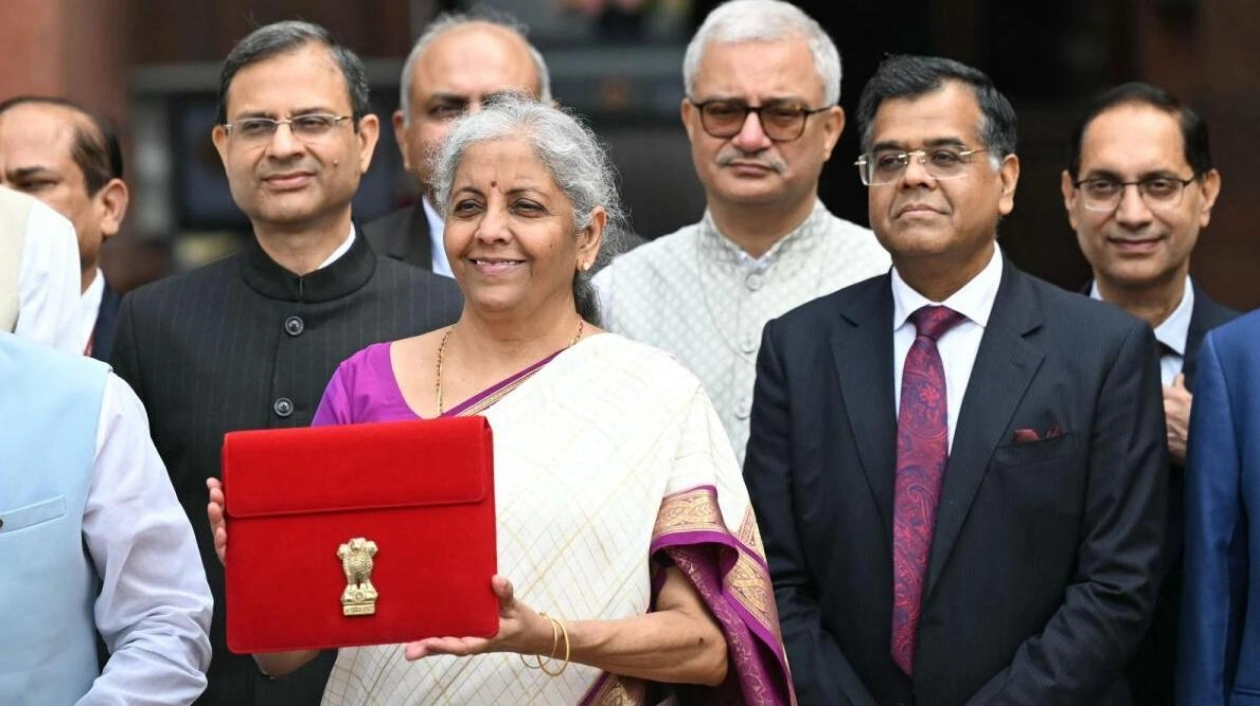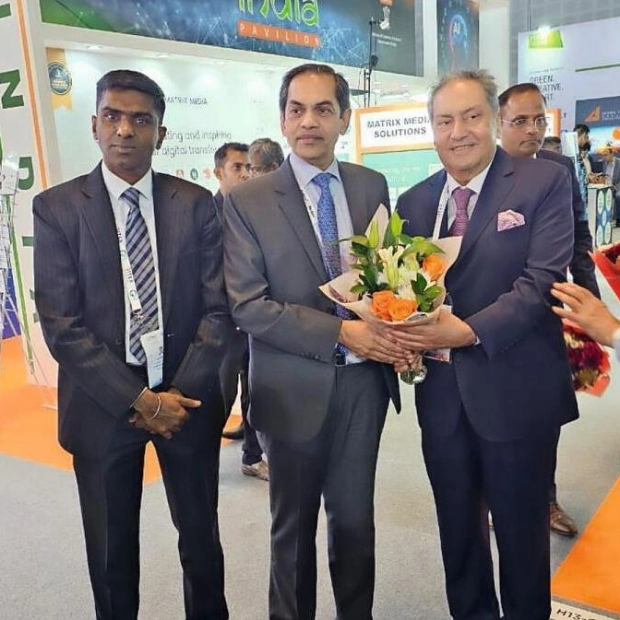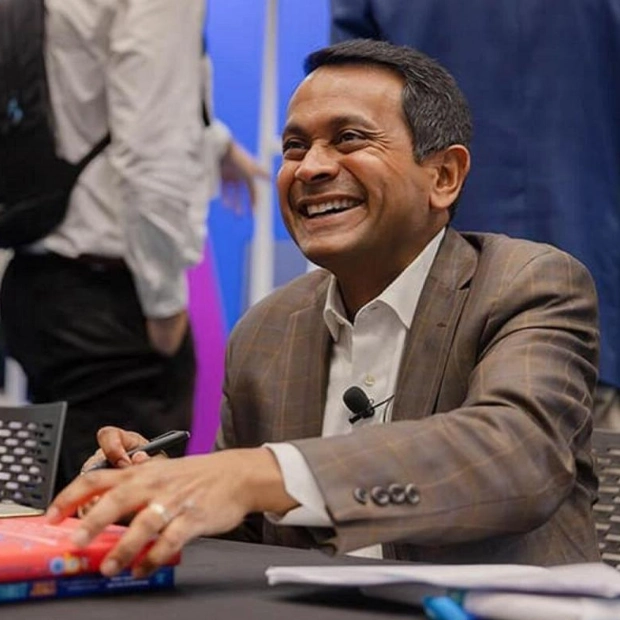India's budget for 2024-25, unveiled on Tuesday, outlines substantial increases in expenditure, amounting to trillions of rupees, aimed at fostering new employment opportunities and enhancing skill development. The budget also emphasizes significant investments in agriculture, infrastructure, and rural development. Finance Minister Nirmala Sitharaman's seventh budget sets a target for a reduced fiscal deficit of 4.9% of the GDP, compared to the 5.1% stated in the interim budget. This comes as India, the world's fifth-largest economy, anticipates growth ranging from 6.5% to 7% by the end of the financial year in March 2025.
The first budget of the Modi 3.0 government is poised to chart the course for India's transformation into a 'Viksit Bharat' by 2047. It reflects a strategic shift in Prime Minister Narendra Modi's fiscal priorities, with heightened allocations for rural development, skilling, job creation, and agriculture. To combat unemployment, education, and skilling, the budget allocates Rs2 trillion. Additionally, the abolition of the angel tax on capital raised by private companies is expected to invigorate the nation's dynamic startup landscape.
The budget introduces several tax modifications, including a heightened levy on equity investments to mitigate market overheating concerns, coupled with reduced taxes for foreign companies to attract investment. Personal income tax adjustments are also announced, potentially saving taxpayers up to Rs17,500 under the new tax regime. Corporate tax rates for foreign companies have been slashed from 40% to 35% to encourage investment, while simplifying FDI rules aims to boost inflows and prioritize rupee usage.
The budget raises the tax on long-term capital gains from 10% to 12.5% for all financial and non-financial assets held for over a year. Short-term capital gains tax is increased to 20% from 15%. Customs duty on gold and silver is reduced to 6.0%, and duties on mobile phones and other goods are also cut. The budget enhances the standard deduction and revises tax rates for salaried individuals under the new tax regime.
The government maintains its commitment to long-term infrastructure projects, allocating Rs11.11 trillion, and providing states with Rs1.5 trillion in long-term loans. Key initiatives include five schemes targeting 41 million youth over five years, with a central outlay of Rs2 trillion, and a comprehensive internship scheme for 10 million youth in top companies over five years, along with employment-linked incentives and women-specific skilling programs.
The budget introduces a credit guarantee scheme and term loans for the MSME and manufacturing sectors for machinery purchases. The Mudra loan limit is increased to Rs2 million from Rs1 million, and financial support for higher education loans is raised to Rs1 million in domestic institutions. The budget allocates Rs2.66 trillion for rural development, focusing on agricultural research transformation and introducing 10 million farmers to natural farming over two years. Additionally, 30 million new houses in rural and urban areas are announced.
States like Bihar and Andhra Pradesh, supported by Modi's allies, receive special funding, including Rs150 billion for the development of Andhra Pradesh's capital, with promises of further financial support. New airport, road, and power projects are also sanctioned in Bihar.






